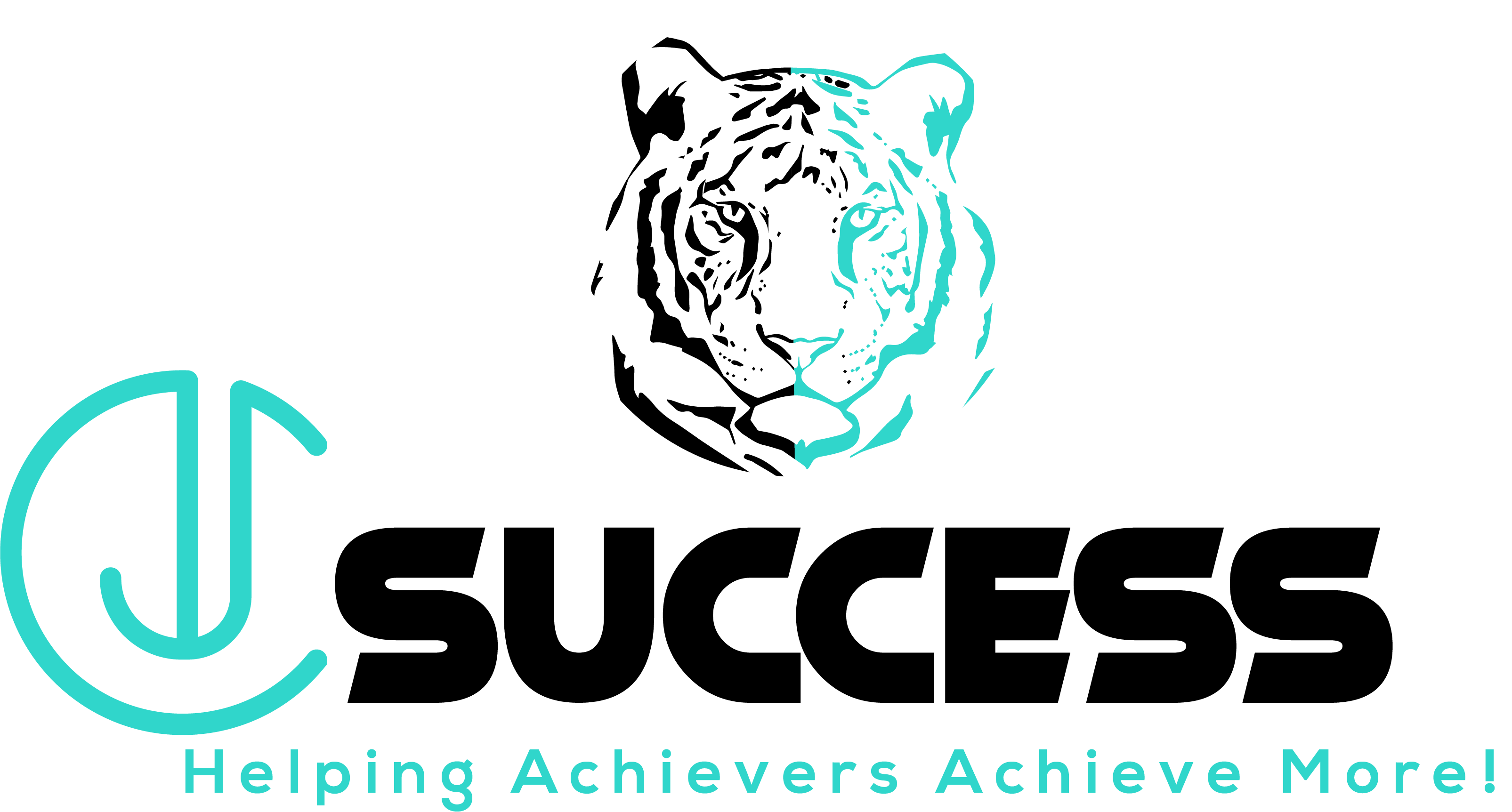0
+
Add your comment
UPCOMING EVENTS

Psychological Safety (Pt.4) Inclusion Safety
October 16, 2023
by Dave Linn - The Gratitude Dude
We have previously defined Psychological Safety as the level to which team members feel comfortable to be vulnerable and take risks. In our last installment, we discussed how Psychological Safety is broken down into four component stages: Inclusion Safety, Learner Safety, Contributor Safety, and Challenger Safety. Today, we will dig in a little further on the first stage: Inclusion Safety.
As a review, we have already discussed that Inclusion Safety is the absolute minimum we need for anyone to become part of a team and a company. It includes taking the steps to make others understand and believe that your culture is one where everyone who has something to offer is welcome, regardless of any external factor. Remember that Psychological Safety sits on a dual access of Permission and Respect. When it comes to Inclusion Safety, we will find high levels of Respect but lower levels of Permission since people who have newly joined a culture have generally not yet earned high levels of Permission.
Inclusion safety allows others to gain entry to a social unit—a team, a division, an entire company—and engage with the members of that social unit without fear of rejection, embarrassment, or punishment. Creating Inclusion Safety is mostly a belief that is backed up by behavior. The belief is that if you’ve been hired, you belong. You don’t have to do anything to earn that; it’s given to you. Think of it this way, if you’re a part of our company and you haven’t done anything to threaten me or anyone else, you belong, we want you here, and we want you to be comfortable here. Inclusion Safety is important for two reasons:
- None of the other stages of Psychological Safety can be achieved if people don’t first believe that they are included; and,
- 92% of respondents in a massive global study of employees said that the first human need they need to fulfill in order to be productive at work is to feel included, accepted and valued.
So, the belief is clear; you belong here, we welcome you. What are the behaviors that evidence this belief? There are countless behaviors that show someone that they are included. We will share just five ways that can serve as a general guideline to other behaviors.
- Be proactive in introducing yourself. When someone is new to an environment, they might be hesitant to break the ice. It’s much easier for someone that is already included to do that. So, be that person.
- Learn people’s names. This is one of the simplest ways to break down barriers. If someone has a name that’s new to you, ask them how to pronounce it. Use their name when introducing them to others in the group.
- Don't use rank, status, or positional authority as a badge of success. These things don’t define you and they often build barriers.
- Meet people where they are, physically. This is particularly true if you’re in an ownership or leadership position. Go meet the person in their workspace or place, don't ask that they always come to you.
- Create situations for newer employees to share about themselves by asking for whole team shares, and not just singling them out and putting them on the spot.
I will leave you with one way that I have approached Inclusion Safety for new employees. When I ran culture for a growing Inc. 5000 company, we would constantly have new hires. I would meet with each hire for a good hour, and we would share about ourselves to create an initial bond. Then, we would co-create a 10 Question interview where they would be comfortable with the questions and have a general idea of how they would answer them. I would create fun/funny graphics for the questions and then we would have a live “podcast” interview with the entire team where I would ask the 10 questions. I believe that this worked really well for a few reasons:
First, it created an immediate connection between me and the new hire, giving them someone they could turn to with questions and challenges and who could serve as their ally.
Second, it created a sharing situation where we knew in advance that they were comfortable with the topics.
Finally, the questions included many non-work related topics so people really got to know the new employee and piped in to share their interests and commonality.
Next month we will move on to the second stage of Psychological Safety- Learner Safety.
We’d love to hear from you!
If you have any thoughts, takeaways, questions, or comments, please share them with us and we’ll do what we can to have the expert address your message in next month’s edition! As an added bonus, if you’re a paid member, you can share your company name and your position, and the expert will include that when addressing your point!
🎁 And if you submit feedback for 3 consecutive months, this expert will reward your engagement with 10% off first engagement!


